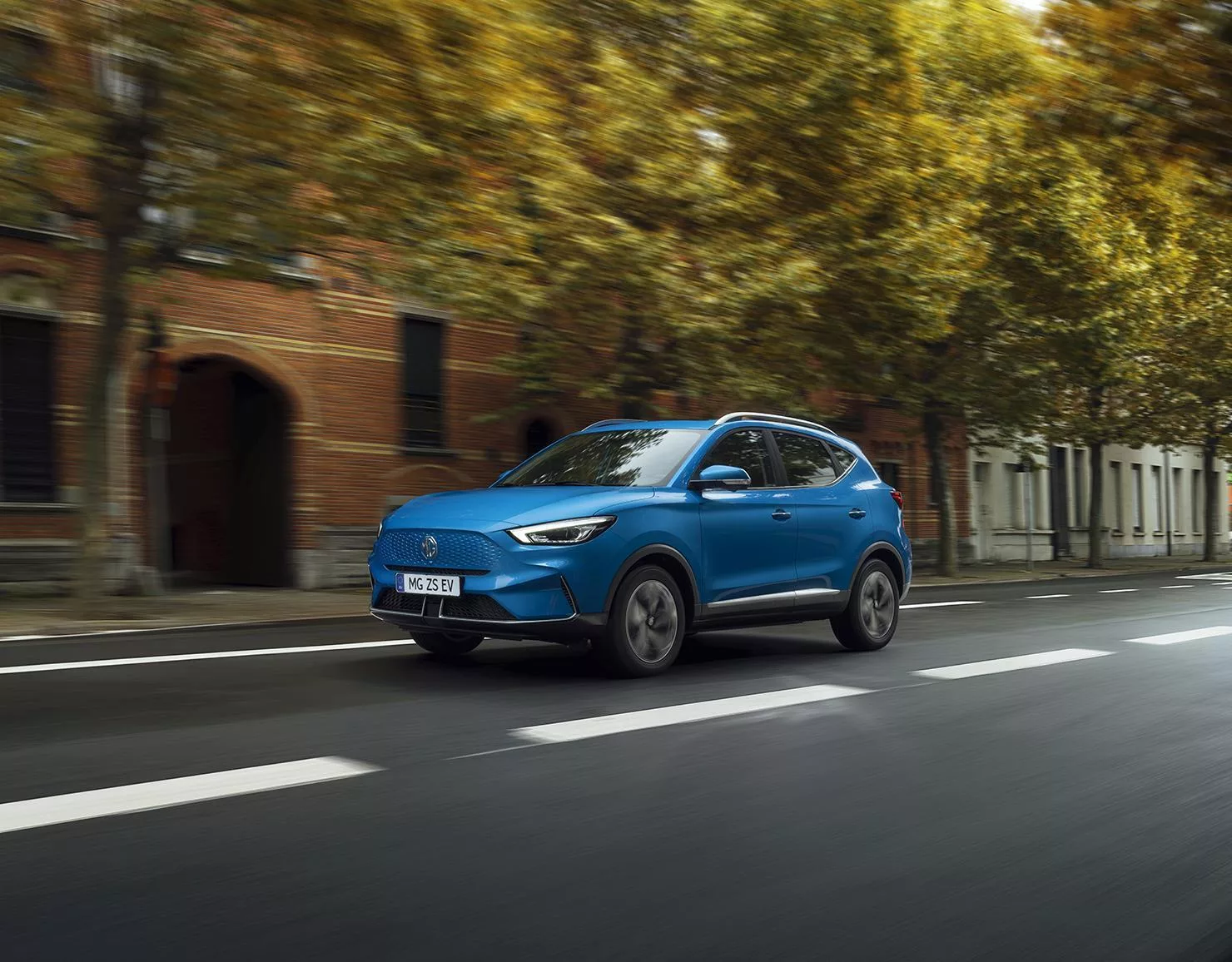In the ever-evolving automobile market of Sweden, plugin electric vehicles (EVs) continue to make significant strides, although March recorded a slight dip in their market share. A 58.1% domination indicates a year-over-year (YoY) decrease from the previous 59.9%. Amidst this shift, the overall auto sector witnessed sales of 23,891 units, marking a substantial 21% YoY decline.
The Breakdown of EV Shares
Diving into the specifics, full battery electric vehicles (BEVs) secured a 34.9% share, while plugin hybrids (PHEVs) claimed 23.2% of the market. When compared to prior statistics, these numbers reflect a YoY decrease for BEVs. Meanwhile, PHEV figures stayed relatively consistent as they outperformed the shrinking broader market.
Challenging Times for BEV Sales
BEV volumes plummeted by 33%, which was more pronounced than the overall auto industry’s average drop. Furthermore, BEVs faced over 4,200 fewer units sold, which could partially be linked to March 2024 having fewer registration days than the same period in 2023. This downward trend raises questions about the factors behind the BEV sales shortfall.
A key factor was the phasing out of purchase incentives offered in 2023. Most of the vehicles delivered in March qualified for these incentives before changes took effect. This contrasted sharply with 2024, where no such incentives were in place and an economic recession began to bear down on consumers, heavily impacting sales.
Demand and Supply Influences
The impact was widespread, affecting most brands and underscoring a demand-side drop rather than a supply-side shortage. Tesla pointed to shipping delays impacting its global delivery timeline, with similar mild supply delays potentially affecting European manufacturers.
Brand-by-Brand Breakdown
Focusing on individual brands, companies like Stellantis and MG Motor saw their volumes shrink considerably YoY. Conversely, Tesla and Volkswagen Group matched the average drop rate, while BMW experienced a slightly lesser decline. On a brighter note, Mercedes and Polestar had a significant uptick in sales, possibly due to the less recession-sensitive nature of premium and luxury buyers.
The sustainability of consumer spending has been put to the test, hinting at a tightened grip on purse strings. Lower-to-mid priced EV brands suffered the most, indicating a consumer reluctance rooted in economic uncertainty. PHEV sales remained stable, but the BEVs’ decline contributed to a small rise in the market share for combustion-only vehicles.
High Achievers in the BEV Market
The Tesla Model Y continued to lead the Swedish BEV market, followed by the rising new entrant, the Volvo EX30. Despite market challenges, some models like the VW ID. Buzz and Honda e:Ny1 gained their highest rankings yet, signaling potential shifts in consumer preferences.
The advent of brands like BMW, with its new iX2 model, adds fresh dynamics to the mix. While these fresh faces stirred the market, traditional leaders like the Tesla Model Y maintained a dominant position, with the Volvo model lineup also showing strong numbers.
Economic Forces and Future Trajectories
Sweden’s economic pulse showed signs of stabilization, with marginal improvements in key indicators such as GDP growth rate, inflation rate, and manufacturing PMI. These metrics may hint at a mildly positive trajectory for the country’s auto industry, which has been battling with inflated electric vehicle prices. Organizations like Mobility Sweden highlighted a modest rise in BEV sales among private buyers, a trend that may reflect an uptick in personal investment in greener vehicles.
Despite the presence of issues that include overpricing and slow uptake rates for EVs, the Swedish market will closely watch for any policy changes that could potentially stimulate BEV sales. A critical examination suggests that Europe must address pricing policies to accelerate the EV transition and make it accessible beyond the affluent demographics.
These changes and ongoing economic trends offer valuable insights into the future of Sweden’s automotive market and the larger shift toward electrification across Europe. With the right adjustments, the transition to cleaner transportation may soon find a faster lane.
